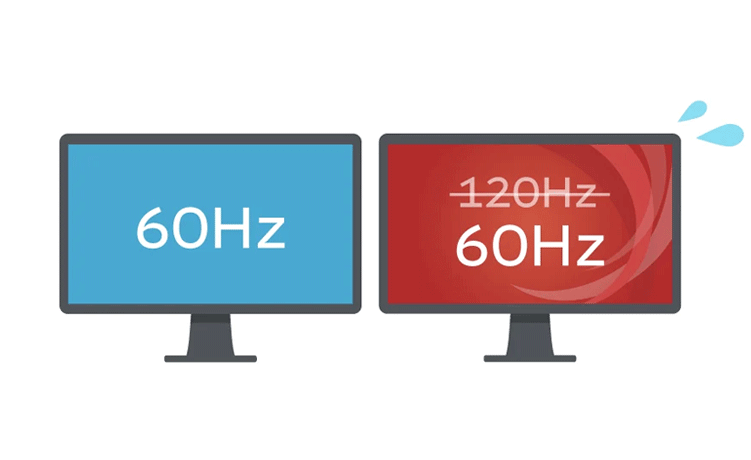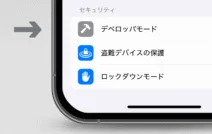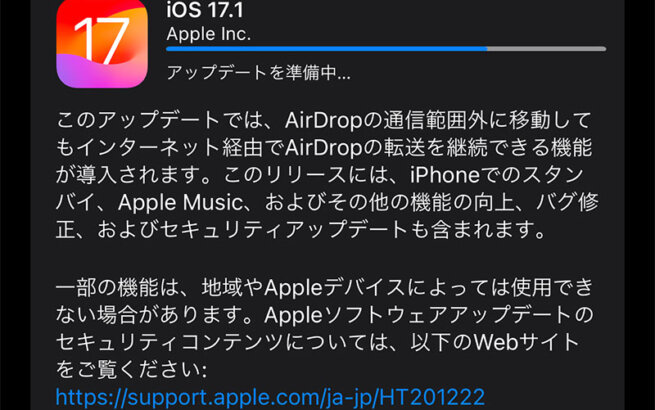When using dual displays with different refresh rates (Hz) like a 60Hz monitor and a 120Hz monitor on Windows, both monitors may be unified to the lower refresh rate.
This article introduces solutions on how to make each monitor output at its own refresh rate.
目次
How to Check Your Current Refresh Rate
If you're unsure about your current monitor's refresh rate or want to quickly check it, I recommend using "UFO test" which can check fps from your browser.
Move the window to the monitor you want to check and maximize it to test.

This is an example checked on a 120Hz gaming monitor, but the FrameRate shows "60fps".
This means only 60Hz is being output.
As another method, you can also check from Windows settings.
Open display information "Settings" → "System" → "Display" and check if the refresh rate in the red box area matches your monitor's catalog specifications.


If the "Choose a refresh rate" value is not at your target number, please change it. If there's no issue with this setting, try the settings below.
Solution: Setting as "Main Display" May Fix the Issue

This issue is likely to be resolved by changing the monitor with the higher refresh rate to be the "main display".
For Windows 11
Open "Settings" → "System" → "Display".

Connected monitors are displayed as "1", "2", etc.
Select the monitor with the higher refresh rate and check "Make this my main display".
For Windows 10
Right-click on the desktop and open "Display settings".

Select your target display number and check "Make this my main display".
Although the main monitor will change, you can now display without lowering the refresh rate.
Try moving windows or check the fps again with "UFO test".

If the fps matches your monitor's specifications, the setup is complete!
What If It Still Doesn't Work?
1. Review Your Display Settings
If you're not getting the catalog spec refresh rate, try reviewing your software settings.
Using NVIDIA settings as an example, go to "Display" → "Change resolution" and confirm that the refresh rate is set to your target value.

If only 60Hz is available here, you need to scroll through the "Resolution" section and select a resolution from the category labeled "PC".
For Intel integrated graphics, open the graphics settings and check if the "Refresh Rate" is set to your target value.

If only lower options like 60Hz are available here, try the settings in section 2 below.
2. Try Changing the Cable Connected to Your Monitor
If the settings are correct, there may be a hardware issue.
Different cables and ports have different maximum resolutions and refresh rates they can display, so if it's not working, try using a different port.
If you're unsure which port to use, I recommend using DisplayPort. (rightmost in the photo →)
It looks similar to HDMI but has only one notch and is slightly larger.
Depending on the version, including HDMI, some may only support up to 120Hz, so be careful when using 165Hz, 240Hz, 360Hz monitors.
In this case, you need to unify the graphics card (GPU), cable, and monitor to versions that support the refresh rate you want to display.
Recently, for FHD (1080p) resolution, HDMI 2.0 or DisplayPort 1.2 or higher is usually sufficient in most cases.

If possible, avoid using old cables and use those that came with your purchase or new high-quality cables.

Amazon.co.jp でチェック
Anker Ultra High Speed HDMI Cable HDMI 2.1 8K(60Hz) 4K(120Hz) 48Gbps DynamicHDR PS5 Xbox Series X/S Compatible (2m Black)



















